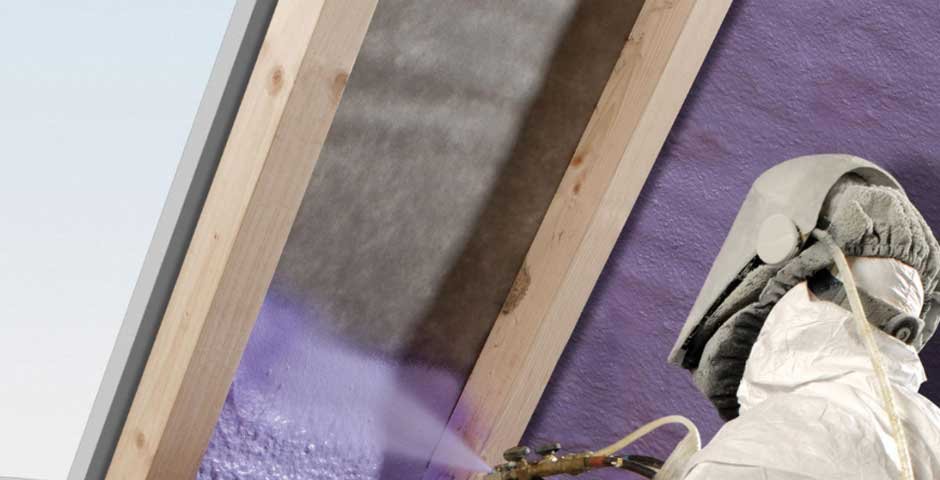Proper insulation is a crucial aspect of home comfort and energy efficiency. Without proper insulation, homes can experience significant heat loss during the colder months and excessive heat gain during the warmer months. This not only leads to discomfort but also results in higher energy bills.
To ensure your home is properly insulated and comfortable throughout the year, this guide provides a comprehensive overview of different types of insulation, installation methods, and tips for maximizing insulation effectiveness. Whether you are a homeowner or a renter, this guide will provide you with the necessary information to make informed decisions about insulating your home.
Understanding Insulation
Insulation is essential for maintaining a comfortable living environment by reducing heat transfer between a home’s interior and exterior. Various materials, each with unique properties, are available for insulation, with factors like climate, budget, and home location influencing the choice.
Types of insulation materials:
- Fiberglass: Inexpensive and easy to install, providing good thermal resistance.
- Cellulose: Eco-friendly, made from recycled paper, offering excellent thermal and sound insulation.
- Spray foam: Expands upon application, providing an air barrier and high insulating value, ideal for hard-to-reach areas.
- Rigid foam: Resistant to moisture, suitable for damp areas, and offers excellent thermal performance.
Factors to consider when choosing insulation:
- Climate: Determines required insulation levels and material type.
- Budget: Affects the affordability of insulation materials.
- Home location: Impacts material choice based on exposure to elements and surrounding environment.
- Installation requirements: Considers DIY skills or professional installation costs.
Insulating Different Areas of Your Home
Proper insulation is essential in various areas of your home to ensure energy efficiency and maintain a comfortable living environment. Here’s a detailed look at insulating different parts of your home:
Insulating Your Attic
The attic is crucial to insulate as heat rises, and an uninsulated attic can account for up to 30% of heat loss. Depending on the attic’s configuration, you can use batt insulation or blown-in insulation to effectively insulate this area and prevent heat loss.
Insulating Your Walls
Walls can contribute to up to 25% of heat loss in a home. To insulate walls, the most common types of insulation include blown-in insulation, spray foam, and batt insulation. Properly insulating walls can significantly reduce heat loss and improve overall energy efficiency.
Insulating Your Windows and Doors
Windows and doors can also contribute to heat loss and gain in a home. To minimize this, you can install weatherstripping and caulking to prevent air leakage. Additionally, adding insulation around the frames can further enhance energy efficiency and reduce drafts.
Insulating Your Basement/Crawl Space
Insulating your basement or crawl space is essential to prevent moisture buildup and improve indoor air quality. Rigid foam insulation or spray foam insulation can be used effectively to insulate these areas, providing a comfortable living environment and preventing potential moisture-related issues.
Hiring a Professional or Doing It Yourself
Deciding between hiring a professional or doing it yourself for an insulation project depends on factors such as budget, project complexity, and insulation installation experience.
DIY insulation projects can save money, but they can be time-consuming and potentially dangerous. Hiring a professional ensures proper insulation installation and adherence to local building codes, providing peace of mind and a more efficient outcome.
Tips for Hiring a Reputable Insulation Contractor
When hiring a professional insulation contractor, consider the following:
- Experience: Choose a contractor with a proven track record and expertise in insulation installation.
- Licenses: Ensure the contractor holds relevant licenses and certifications.
- Insurance: Verify that the contractor has appropriate insurance coverage.
- Reviews: Check reviews from previous clients to gauge satisfaction and quality of work.
- Quotes: Obtain multiple quotes to compare prices and ensure you are getting a fair deal.
Safety Precautions for DIY Insulation Projects
If you opt for a DIY insulation project, take necessary safety precautions:
- Protective gear:Wear appropriate safety equipment, such as gloves, goggles, and a mask.
- Hazardous materials:Ensure the insulation materials are not hazardous and follow proper handling guidelines.
- Manufacturer’s instructions: Follow the insulation manufacturer’s instructions carefully to guarantee proper installation.
- Professional help:If unsure about any aspect of the installation process, seek professional guidance to avoid potential issues or damage.
Conclusion
In conclusion, proper insulation is vital for ensuring maximum comfort and energy efficiency in your home. This guide has provided essential information on various insulation materials, methods, and considerations for different areas of your home. By understanding the importance of insulation and taking action to improve your home’s insulation, you can significantly reduce heat loss and gain, leading to a more comfortable living environment and lower energy bills.
Whether you choose to tackle insulation projects yourself or enlist the help of a professional, such as Pro Insulate, making informed decisions about your home’s insulation will undoubtedly contribute to a more comfortable and energy-efficient living space. Don’t wait any longer – take the necessary steps to enhance your home’s insulation and enjoy the benefits of improved comfort and energy savings.






